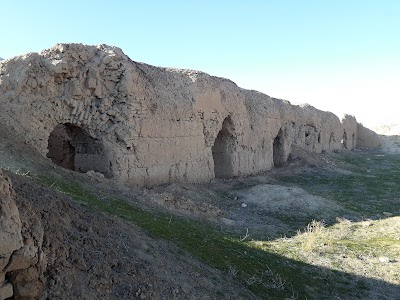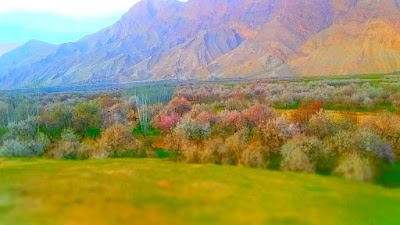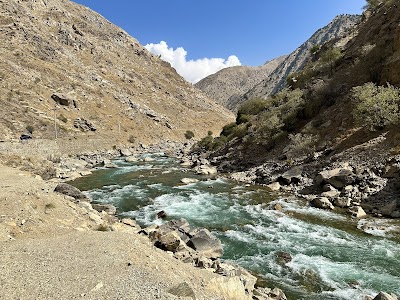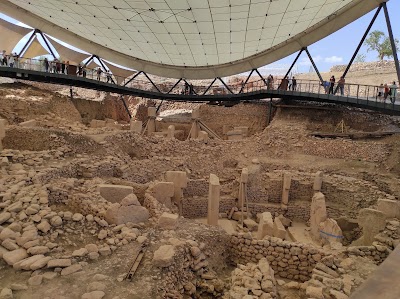Khulm District (خلم)
Overview
Introduction to Khulm District
Located in the northeastern province of Baghlan, Afghanistan, the Khulm District (خلم) is a captivating destination that blends natural beauty with rich cultural heritage. Nestled between the stunning Hindukush mountains, Khulm offers travelers an opportunity to experience a more authentic side of Afghanistan, away from the bustling cities and tourist hotspots. With its diverse landscapes, charming villages, and hospitable locals, Khulm invites adventurers and culture enthusiasts alike to explore its hidden treasures.
Natural Beauty and Landscapes
The Khulm District is characterized by its breathtaking vistas that include lush valleys, rugged mountains, and flowing rivers. The region's natural beauty is particularly pronounced in spring and summer when the hills are blanketed in vibrant wildflowers, creating a picturesque setting for photography and outdoor activities. The Amu Darya River, which borders the district, provides not only a crucial water source but also a stunning backdrop for those looking to enjoy a peaceful day by the water. Hiking enthusiasts can find numerous trails that lead to panoramic viewpoints, where one can soak in the majestic sights of the surrounding terrain.
Cultural Heritage and Local Life
Khulm is steeped in rich cultural traditions that reflect the diverse ethnic groups residing in the area, including Tajiks, Hazaras, and Pashtuns. The district is known for its unique architectural styles, with traditional mud-brick homes and vibrant bazaars that showcase local crafts. Visitors will find the people of Khulm to be exceptionally warm and welcoming, eager to share their way of life and stories of their heritage. Engaging with the locals can provide invaluable insights into their daily routines, customs, and the unique challenges they face in contemporary Afghanistan.
Historical Significance
The Khulm District has a notable historical significance, having been a critical trade route connecting Afghanistan to Central Asia. Historically, it was part of the ancient Silk Road, where merchants exchanged goods and cultures. Remnants of this history can still be seen in the area, from ancient caravanserais to archaeological sites that reflect centuries of human settlement. Exploring these sites offers travelers a glimpse into the past and highlights the strategic importance of Khulm throughout history.
Travel Tips
For foreign travelers considering a visit to Khulm, it is essential to understand the current security situation in Afghanistan. It is advisable to stay informed through reliable sources and consult with local guides or tour operators who are familiar with the region. When planning your visit, it’s wise to dress modestly and respectfully, as cultural norms are deeply rooted in the local populace. Additionally, learning a few basic phrases in Dari or Pashto can enhance your interactions and demonstrate your respect for the local culture.
In conclusion, Khulm District is a gem in the heart of Afghanistan, offering a unique blend of natural beauty, rich cultural heritage, and historical significance. It is a place where travelers can immerse themselves in the authentic Afghan experience, enjoy breathtaking landscapes, and connect with the resilient spirit of its people. For those willing to venture off the beaten path, Khulm promises to be a rewarding and unforgettable journey.






